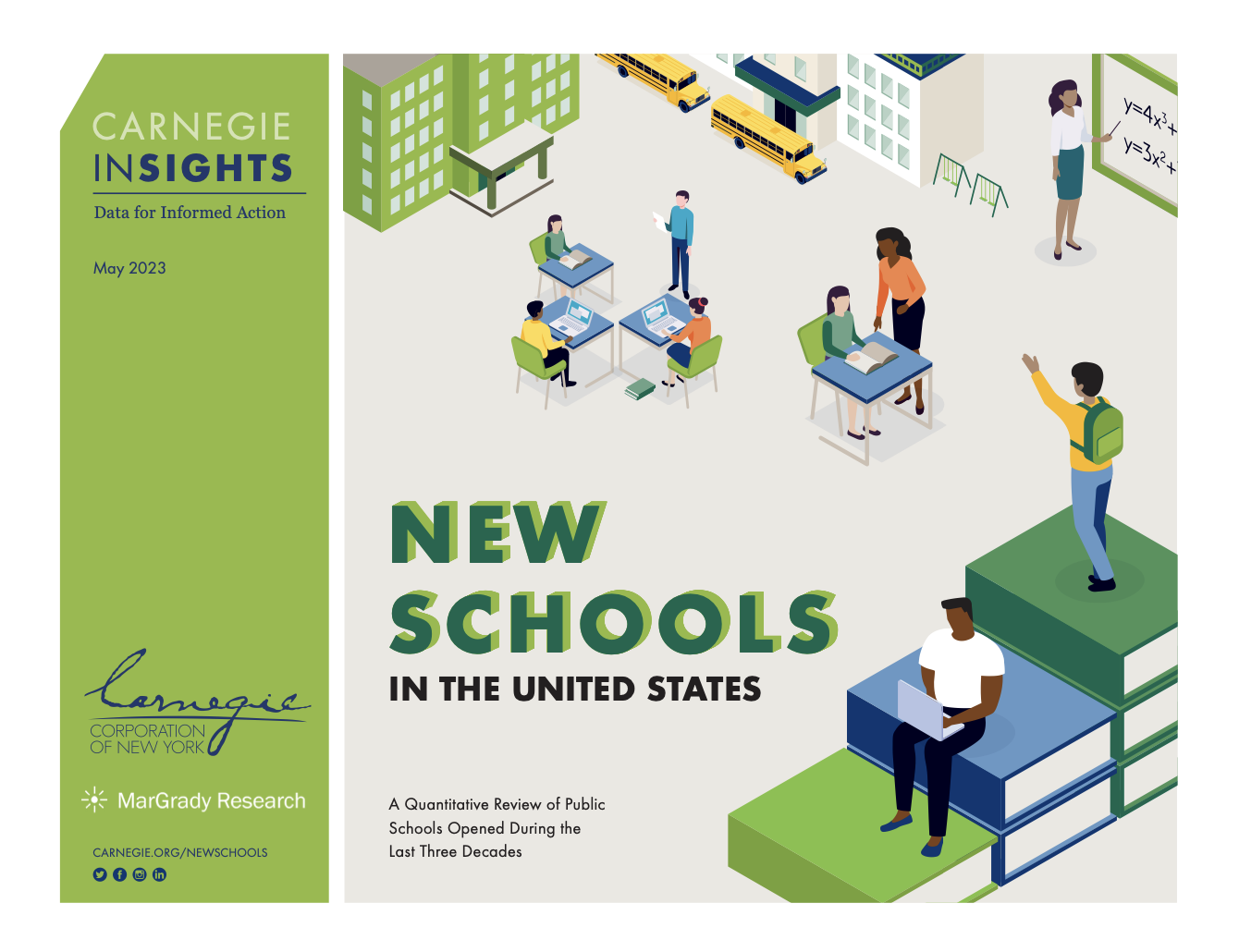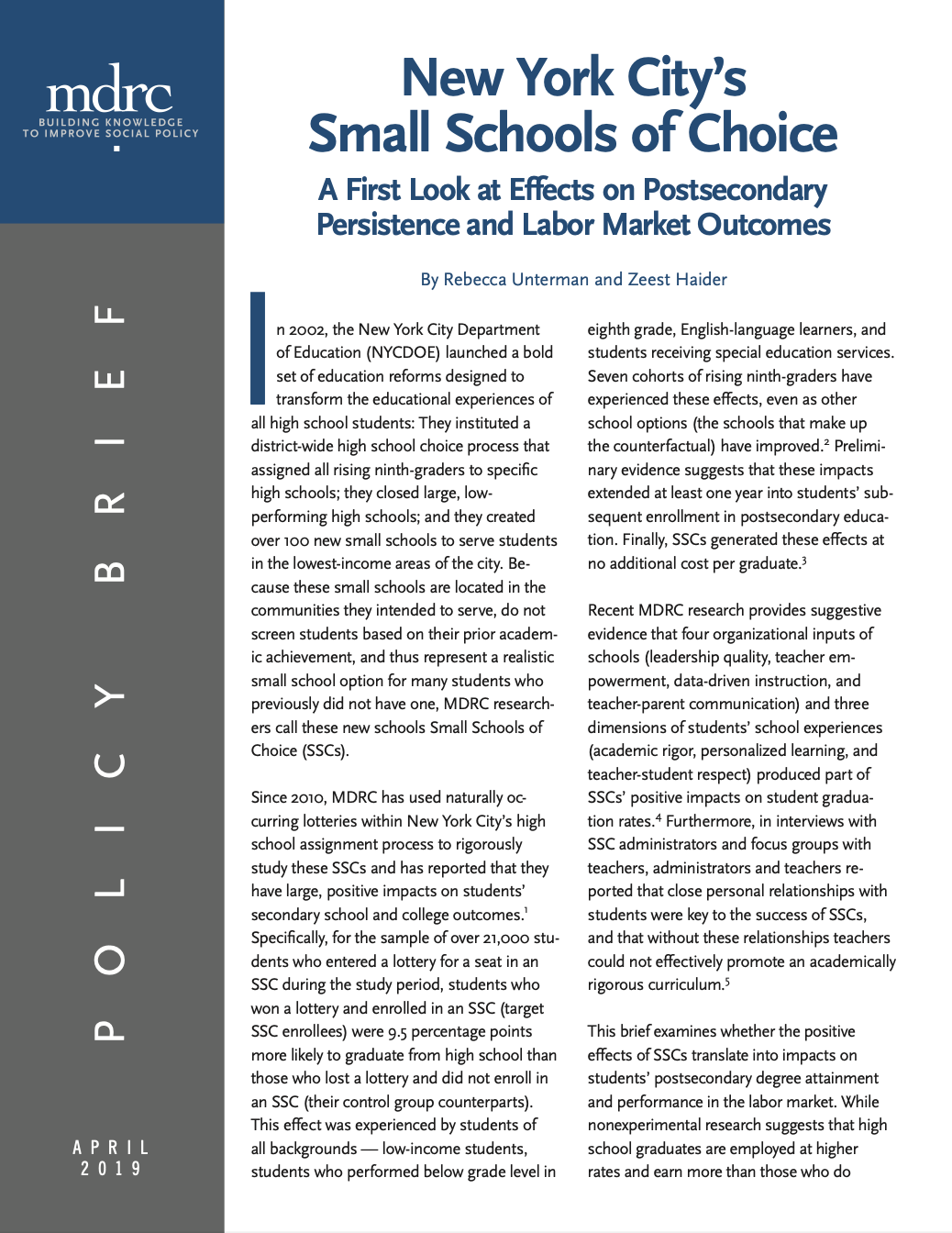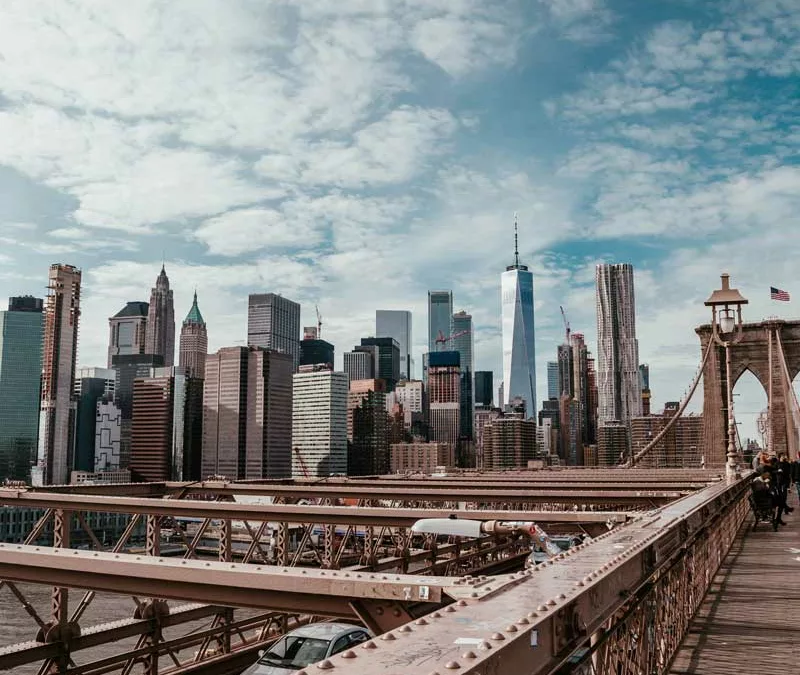 A new report by the Carnegie Corporation of New York examines the impact of public schools opened in the last three decades. Jeff Murray’s analysis of the report reveals that New York City had the highest number of new schools during this period, with 1,050 schools. By 2020, 57 percent of all NYC public schools were new, serving 45 percent of the student body.
A new report by the Carnegie Corporation of New York examines the impact of public schools opened in the last three decades. Jeff Murray’s analysis of the report reveals that New York City had the highest number of new schools during this period, with 1,050 schools. By 2020, 57 percent of all NYC public schools were new, serving 45 percent of the student body.
Murray highlights that the newer schools are notably smaller. In 2020, the average new school had 452 students, compared to 744 in older schools. The difference was even more pronounced for high schools, with an average of 495 students in new schools versus 1,416 in older NYC high schools.
This shift toward smaller schools began, in large part, when the New York City Department of Education (NYCDOE) instituted the following reforms in 2002:
- A high school choice process assigning all rising 9th grade students to specific high schools
- Closure of large, low-performing high schools
- Creation of 100+ small schools to serve students in the lowest-income areas of the city
Because the new small schools don’t screen students based on their prior academic achievement, these schools became known as Small Schools of Choice.
According to MDRC, students who won a lottery and enrolled in a Small School of Choice were 9.5 percentage points more likely to graduate from high school than those who lost a lottery and did not enroll in an SSC. This positive effect was experienced across all levels and backgrounds of students in New York City, and preliminary evidence suggests that these impacts extended at least one year into students’ enrollment in postsecondary education.
The Small Schools of Choice achieved these positive outcomes at no additional cost per graduate. Administrators and staff reported that close relationships with students were key to the success of the small schools, and that “without these relationships teachers could not effectively promote an academically rigorous curriculum.”
A study by MDRC examined whether the positive effects of the small schools translated into impact on students’ postsecondary degree attainment and career performance. By combining NYCDOE high school enrollment and graduation data, National Student Clearinghouse data, and New York State unemployment insurance data, MDRC was able to study what happened to this group of students after high school.
Researchers found the following:
- After four years, enrollees in the Small Schools of Choice were 4.6 percentage points more likely to be enrolled in postsecondary education than their control group counterparts. Students of all backgrounds experienced this positive effect.
- Even though they were enrolled in postsecondary education at a greater rate, Small Schools of Choice enrollees were as likely as their control group counterparts to have been employed.
- When both postsecondary enrollment and employment were considered together, SSC enrollment had a positive effect of 4.8 percentage points on the number of students participating in a “productive activity” (enrolled in postsecondary education, employed, or both).
 To read the 2019 policy brief by Rebecca Unterman and Zeest Haider, visit:
To read the 2019 policy brief by Rebecca Unterman and Zeest Haider, visit:
To read an overview of the full project, visit:


Recent Comments